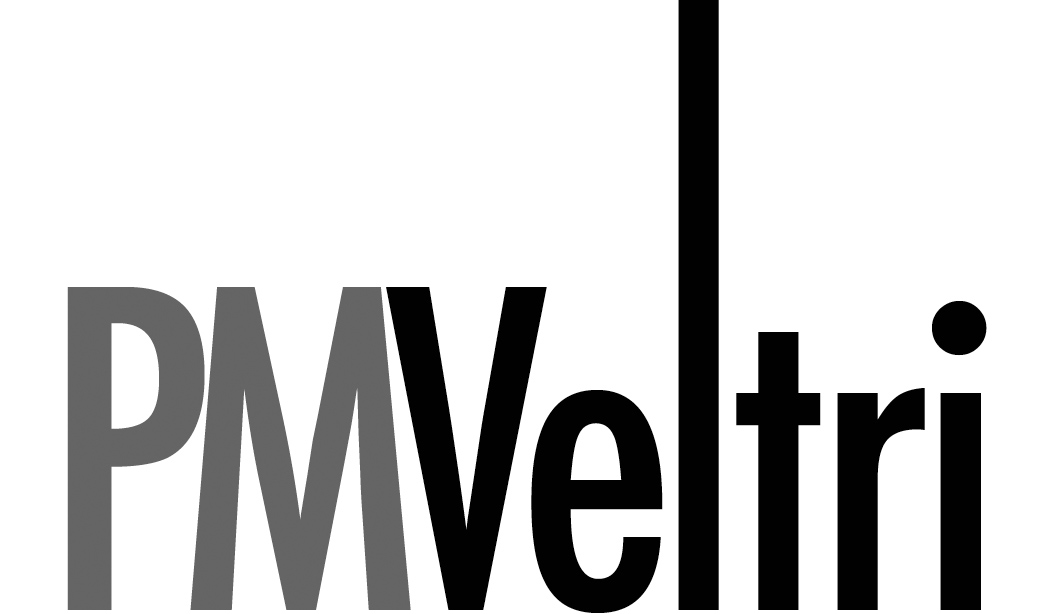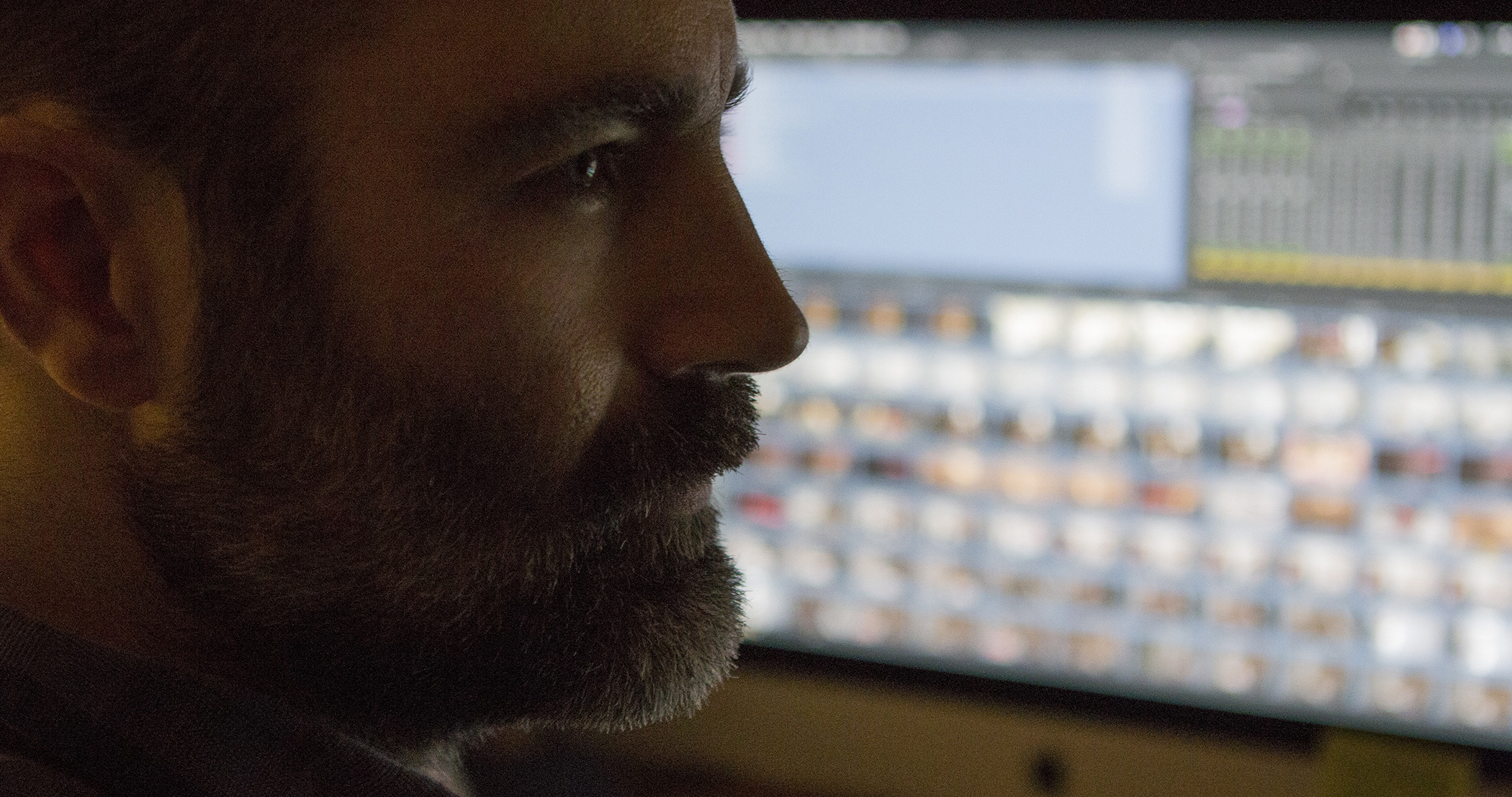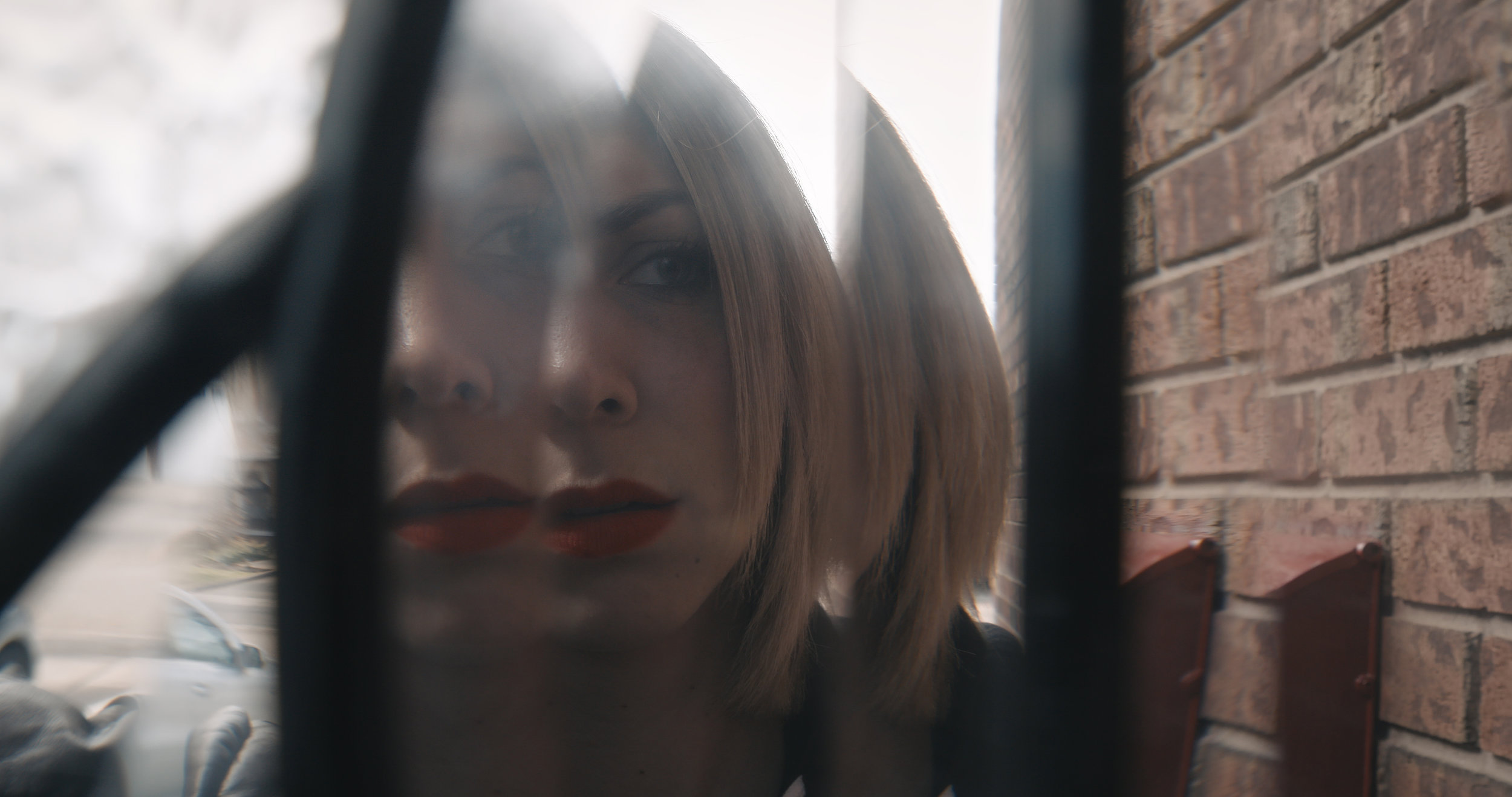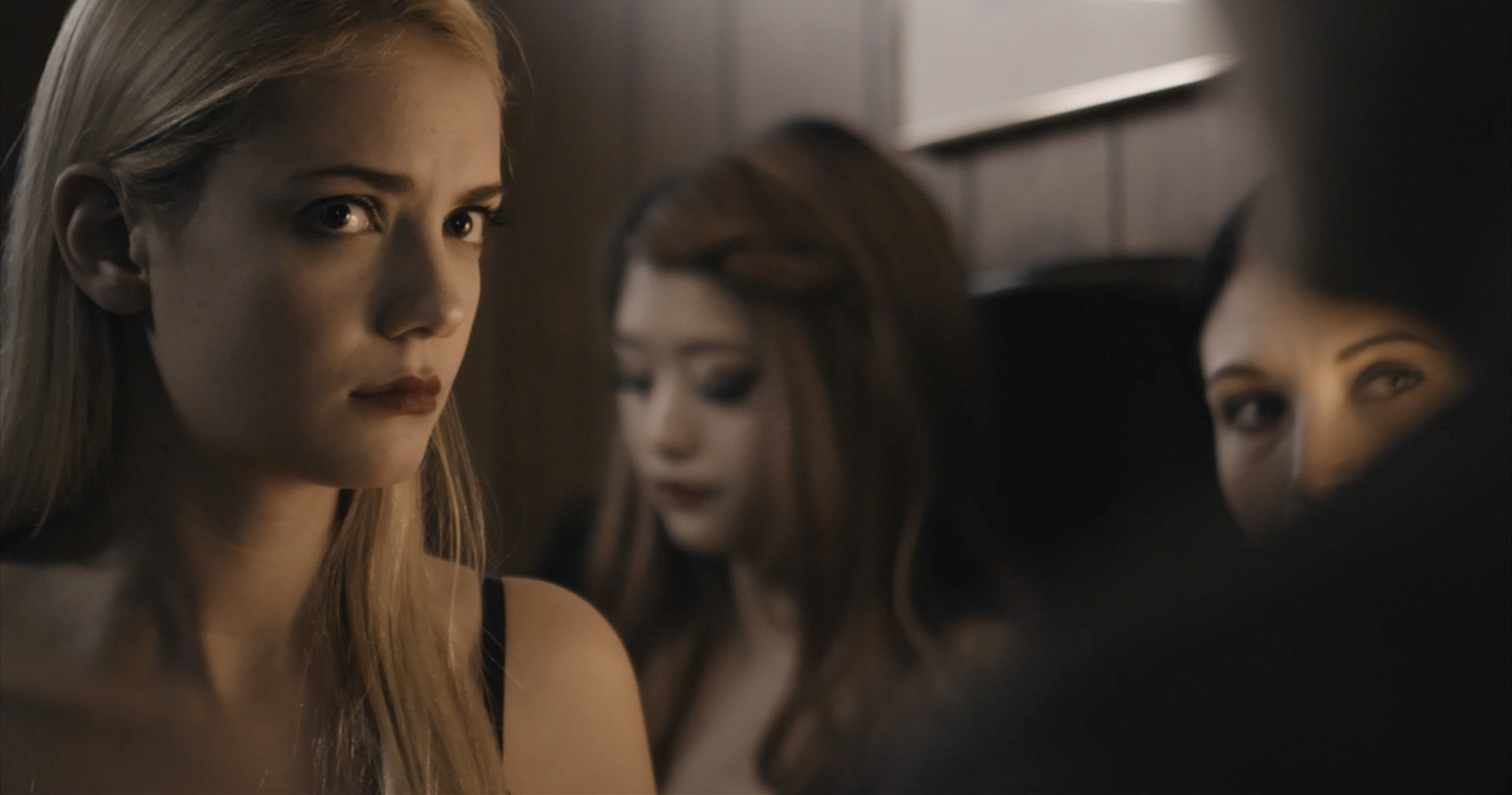Author: Nina Lee
Producing a film is a juggling trick with many hats. Producing a micro-budget film even more so. Big budget films have the benefit of employing assistant producers, co-producers, caterers, accountants, development teams, advertising teams, marketing experts, and staff to manage the shooting schedule and day to day costs and rigours of shooting. A micro-budget film has the producers doing all this and more. The production team behind ‘Drowning’, comprised of Pasquale Marco Veltri, Valerie Laurie and Adam Gowland, faced grueling tasks, long hours and short deadlines. Weeks away from completing ‘Drowning’, I chatted with Adam, Marco and Valerie about some of the challenges they encountered during the creation of their film.
Nina Lee: Adam, your background is in commercial productions, as such you bring a different perspective to the film, how did your past experiences help the team?
Adam Gowland: I met Marco through Albert Rudnicki (Director of Photography and 1st camera), who'd kindly asked me to join the team shortly before production. Working as a producer on an independent feature like ‘Drowning’ brought some new challenges and rewards for me. It was a long 27-day shoot schedule and we had to be sure to maximize the budget to get the best results. I very much enjoyed collaborating with Marco and working towards protecting his vision for the film while working within the budget. The first challenge for me was to identify what holes needed filling in the production. I did my best to bring the level of planning and organization I'd experienced on larger network productions to a much scaled down independent version. This meant wearing many hats. From breaking down the script and drafting shooting schedules, sourcing and managing some outstanding locations, production office duties; contracts, accounting, insurance, arranging transport and most importantly problem solving when shoot dates needed to be swapped or a unique prop gun needed a match. It was really exciting to solve some challenging requirements and a pleasure to work with Marco, Valerie and such a hardworking and devoted crew.
NL: Speaking of working within a tight budget, Valerie, tell me about how the film was financed?
Valerie Laurie: We began our journey for financing with an Indiegogo campaign during which we raised the first $11,000. Obviously not enough to make a feature film, but it was a start. One thing I found about the crowdfunding campaign is that it made the project - and the completion of it - very, very personal. It was no longer just this abstract "movie", but something that family and friends and professional colleagues had contributed to and so were curious about. It's been a long time since that campaign. Two years since it wrapped. The well-meaning, but ever-present pressure (in the form of love and support) to know the film's status has kept me involved in the film during times when I might otherwise have caved because it got hard. Even more than my own money that I've put into the film, I have felt responsible to the people who believed in me enough to contribute to our dream during that campaign. Whether they realize it or not, they kept me going after every grant or financing rejection.
NL: Marco, how did you manage to shoot a feature in a month given the many conflicting schedules of the actors, production and creative staff?
Pasquale Marco Veltri: Most productions attempt to shoot in less time but with the limitations of a micro-budget film being so encompassing you need to find a way to give people more time to do their best. Shooting faster rarely makes things better, especially on a micro-budget film. The film was made with an amazing group of people who supported each other and made each day of the shoot better than the last. It was an amazing learning experience and the cast and crew came together to get the film across the finish line.
NL: Now that you’re on the other side of the production - the filming is done, post is almost done. What would you have done differently? What worked well?
AG: It was really great working with Marco and his attitude was so positive no matter what the challenges were. Working on an independent micro-budget film meant there were occasionally hurdles that had to be accounted for quickly and sometimes concessions made. I knew Marco would adapt if needed but I aimed to make sure he didn't have to concede anything whenever possible. Really the whole crew were so devoted and worked very hard, it was a pleasure to be included.
If there's anything I would have done differently, I would have liked to meet Marco sooner in the process. I'd love to have been able to take some of the responsibilities off his shoulders sooner on this project and hope to do so again on his next one!
NL: This film will will have taken more than two years to complete, from beginning to end. You’ve all experienced many changes in your lives, Valerie - you had a baby and started a new job. Tell me about the challenges maintaining your work-life balance?
VL: Life-work balance is really hard. There are priorities in my life that sometimes are, but sometimes aren't, respected by everyone I have obligations to. Those priorities change depending on what needs my attention the most at any given time, but it's definitely not easy pleasing so many masters. Some things have suffered. Some things have had to wait. Some things have not been accomplished to what I know are the best of my abilities and that frustrates me to no end. For the first year of this journey when I had a newborn and 3 year old, my day would go by in a flash and I would sit down exhausted at 8pm and open my computer to do three hours of work on the film before bed - answering emails, preparing budgets, begging favours - only to be up again in a few hours to feed the babe. Finding childcare to cover me if I wanted to go to a development workshop or meet with a potential investor, or attend a film festival event has always been tricky. My husband's hours are long and I've always been very much the primary caregiver for our family. It's a role I love, but one that complicates matters and makes my life somewhat inflexible. As time went on and I went back to work, it became even harder to figure out how to fit the film into my life. For much of that year we were in stand-by mode. Trying to talk to the right people and find the magic formula that would mean we could go to camera. But no matter what, I felt supported by my boss and colleagues at my day job and knew that when the time came to shoot it, I'd be able to swing the time off and make it work.
Ultimately, I needed a change in my day job. I'd felt stuck in the same job for a really long time and wasn't sure what I wanted from a career anymore - it's one of the main reasons I took on this film in the first place. I'd been looking for a new job for quite a while, but when I was eventually offered one, it came unexpectedly. It was a position in the film industry (rather than television where I'd been for 10 years) and was a really amazing opportunity to learn all of the business affairs and financing side of producing that we'd struggled with so much on Drowning. I made the leap to a new company and that's been much, much harder than I expected. I wasn't able to get the time off for shooting, though I was granted a few days to facilitate the shooting back in my hometown. I was grateful for that time, but it's a bummer I wasn't able to be as involved in Production as I'd always hoped.
And now we're in Post! And we faced another financing rejection, but at least I'm comfortable in Post. Post is where I live in my day job, though I have to be very careful not to insinuate myself in an unintended conflict of interest. But we have so many offers from friends willing to help us out to finish our movie. We are able to cash-in on my "primary caregiver role" (Yay, being stretched too thin!?), because the post facility my husband has devoted so many hours to is allowing him to mix the film during downtime. Friends willing to help out finishing the picture and visual effects are what is going to get us across the finish line. And then the new marathon of distribution starts. And we keep going. Because we made a film.
I'm not sure which success will come first - a completed film, or potty-training the toddler? At different moments, each of those is certainly a priority, but one day at a time.









































































